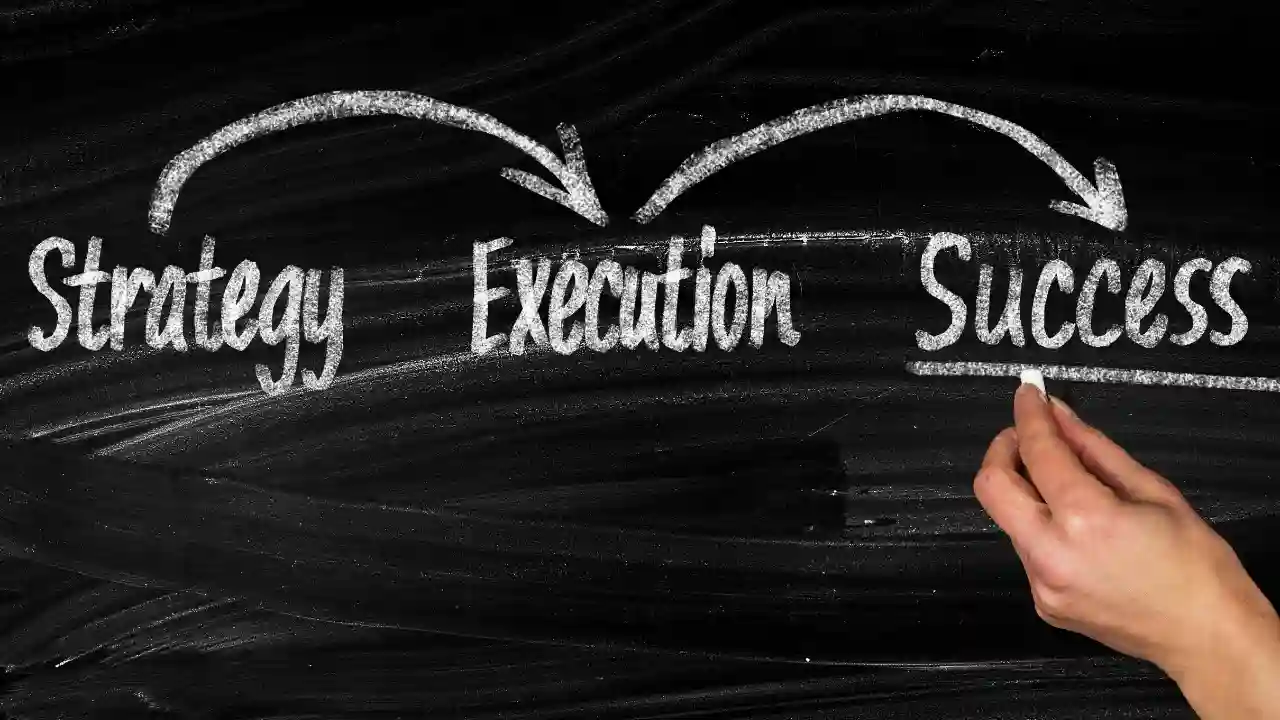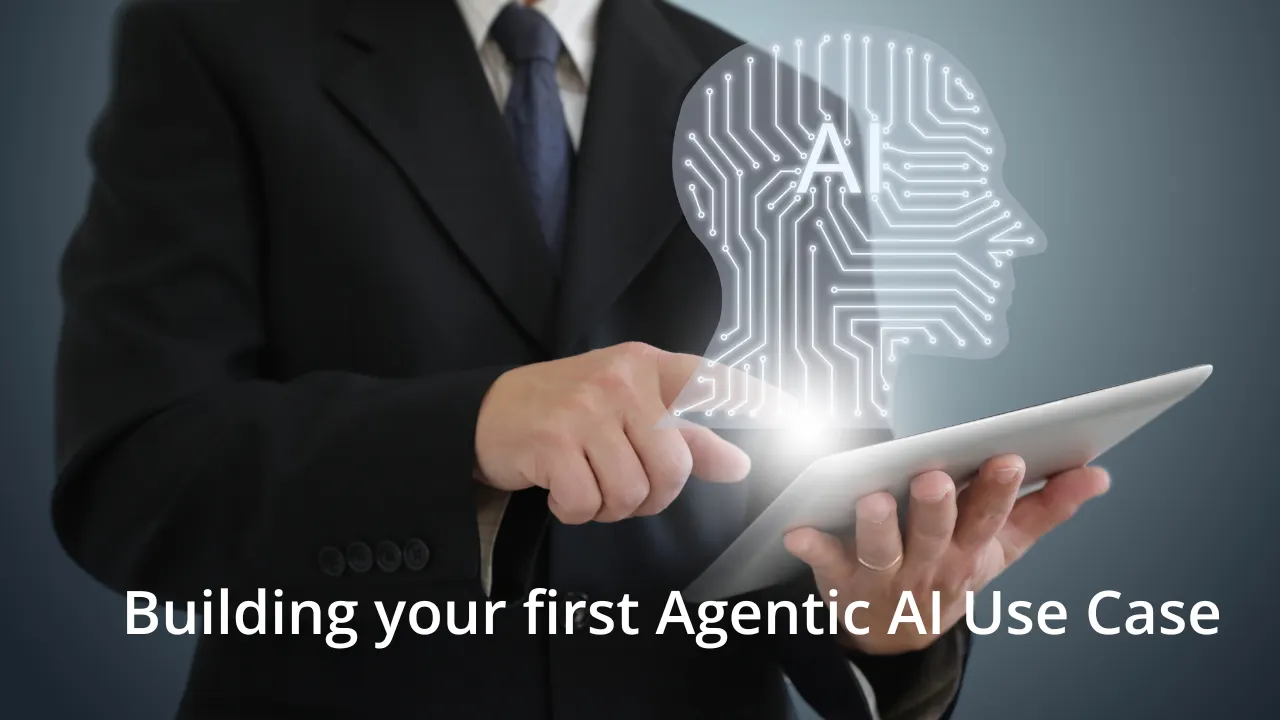Offering self-service e-Procurement software has emerged as one of the top priorities for Chief Procurement Officers in 2023.
However, there are inherent risks. Often, organizations spend millions of dollars and many years in implementing an automated procurement solution, only to realize that end users don’t adopt it as expected.
In fact, as per a 2019 CIPS article, procurement automation software has a very low adoption rate, traditionally around 10%. The underlying sad reality is that ~90% of procurement system rollouts fail. Implementing a robust e-procurement software requires meticulous planning and technical finesse.
In this blog, we will delve into 4 best practices to drive successful e-procurement implementation and achieve a seamless procurement experience.
1. Understanding Granular Organizational Needs: What is E-Procurement going to solve?
The foundation of a successful e-procurement journey lies in comprehending the unique requirements and workflows of the organization. CPOs must collaborate with key stakeholders, end users, and the central procurement team to gain insights into existing procurement processes and pain points. There are 4 important workflows that need to be considered:
1. Requisition Creation and Approval Workflow:
Typical Workflow: End users initiate purchase requisitions for goods or services they need which then go through an approval process involving various stakeholders, such as department heads, budget approvers, and procurement managers, before final approval and purchase.
Common Pain Points:
- Lengthy approval cycles lead to delays in procurement.
- Lack of visibility into the status of requisitions, causing confusion and inefficiency.
- Manual and paper-based approval processes, leading to errors and data duplication.
Maverick Spending: Some employees bypass the e-procurement system and purchase goods or services outside of established procurement policies, contracts, or preferred suppliers. A well implemented, guided procurement system is expected to minimize or eliminate maverick spend.
2. Catalog Management Workflow:
Typical Workflow: The core procurement team maintains a catalog of approved products and services from preferred suppliers. End users access this catalog to select items for their requisitions.
Common Pain Points:
- Outdated catalogs with incorrect or unavailable items, leading to frustrated end users.
- Difficulty in managing and updating a vast catalog, resulting in slow response to market changes.
- Limited search functionality, making it hard for users to find specific items quickly.
Read here: Key factors to online catalog success
3. Supplier Onboarding and Management Workflow:
Typical Workflow: The procurement team identifies potential suppliers, assesses their capabilities, negotiates contracts, and onboards them onto the system.
Common Pain Points:
- Lengthy and complex supplier onboarding processes, delaying access to new suppliers.
- Challenges in evaluating supplier performance and ensuring compliance with contract terms.
- Difficulty in maintaining supplier information and certifications up-to-date.
4. Reporting and Analytics Workflow:
Typical Workflow: The procurement team analyzes data and generates reports to gain insights into spending patterns, supplier performance, and potential cost-saving opportunities.
Common Pain Points:
- Manual and time-consuming reporting processes, delaying data-driven decision-making.
- Lack of actionable insights due to inadequate data aggregation and analysis capabilities.
- Inaccurate or outdated data, leading to erroneous conclusions and suboptimal decisions.
Optimizing these workflows by factoring in the current pain points is crucial for the successful outcome of eProc solution implementation.
Achieving Excellence: The Hackett Group’s Story with Zycus Generative AI
Witness The Hackett Group’s journey toward achieving excellence in procurement. This video highlights their strategic use of Zycus Generative AI to overcome obstacles and set new benchmarks in the industry.See Their Journey – Click to Watch!
Read here: Redefine the role of your procurement teams
2. Inclusive Decision-making – End User and stakeholders Buy-in:
End users are more likely to embrace change when they are part of the decision-making process. CPOs should involve them from the project’s inception, seeking their feedback and addressing their concerns.
This inclusive approach instills a sense of ownership and collaboration, driving end users to actively participate in shaping the e-procurement solution according to their needs. When involving end users in the decision-making process for e-procurement implementation, it’s essential to establish scoring parameters to evaluate different aspects of the solution.
Here are some suggested scoring parameters that can be used to assess and compare potential e-procurement solution options:
Business user considerations:
-
- User Interface (UI) and User Experience (UX): Evaluate the intuitiveness, ease of navigation, visual appeal, and overall user-friendliness of the e-procurement interface.
- Requisition Process Efficiency: Measure how efficiently the solution enables end users to create requisitions, search for items, compare options, and submit requests.
- Search and Catalog Functionality: Assess the effectiveness of the search feature, including keyword matching, fuzzy-logic search, natural language understanding, and the ability to access catalogs from multiple suppliers or third-party applications. (Cross-catalog search)
- Mobile Compatibility: Determine the solution’s compatibility with mobile devices and evaluate the UX on different screen sizes & OS, ensuring flexibility for users who prefer to make requisitions on the go. Increasingly, over 90% of all requisitions and approvals happen using mobile devices.
- User Experience (UX) with AI-powered Interface: At the heart of successful e-procurement lies the power of Artificial Intelligence. By analyzing historical data, AI in procurement can offer intelligent item recommendations and preferred supplier suggestions tailored to individual users and also interact with users in a natural language.
Power users/ Admin users considerations:
- Integration Capabilities: Consider the system’s ability to integrate with existing software, databases, and third-party applications to streamline the procurement process and avoid duplicative data entry.
- Approval Workflow Flexibility: Any modern solution would offer a Low-code/ No-code draft and drop functionality to create workflows based on the organization’s procurement policies, hierarchies, and user roles, with powerful and intuitive work-flow visualization.
- Reporting and Analytics: Assess the availability of robust reporting and analytics features that provide insights into procurement activities, spend analysis, supplier performance, and other key metrics.
- Training and Support: Consider the availability of comprehensive training resources, flexi-guides at each stage of user flow, and responsive support channels to assist end users in adopting and effectively using the e-procurement system.
- Security and Compliance: Evaluate the solution’s security measures, data encryption, user access controls, and compliance with relevant data privacy and security regulations.
- Scalability and Flexibility: Assess the solution’s ability to scale with organizational growth, accommodate future needs, and adapt to evolving procurement practices and technologies. Best in class solutions are composable and extensible.
By involving end users in the evaluation process and considering their perspectives, organizations can choose an e-procurement solution that best aligns with their unique needs and requirements.
3. Phased Rollouts and Continuous Support:
Implementing e-procurement across the enterprise necessitates a meticulous strategy. Rather than an abrupt overhaul, CPOs can opt for phased rollouts, starting with a pilot program involving select departments.
This approach allows for granular testing, rapid issue identification, and timely resolution, all while building momentum for the full-scale implementation. Continuous support in the form of user training, workshops, and responsive troubleshooting further fosters user confidence and engagement.
Implementing a phased rollout of the e-procurement solution allows organizations to gradually introduce the system to different departments or user groups, reducing the risk of disruptions and allowing for smoother implementation.
Here are some different ways a company can opt for a phased rollout:
- Department-based Rollout: Start by implementing the e-procurement solution in one or a few departments that have well-defined procurement needs and relatively simple processes. This approach allows the organization to fine-tune the system and resolve any issues on a smaller scale before expanding to other departments.
- Location-based Rollout: If the organization has multiple locations or branches, the e-procurement solution can be rolled out to one location at a time. This approach allows for localized support and training, ensuring that each location can adapt to the system before moving on to the next.
- Supplier-based Rollout: Begin the rollout by onboarding a specific group of suppliers into the e-procurement system. This approach can be beneficial if certain suppliers are frequently used across different departments, as it streamlines the procurement process for those items.
- Category-based Rollout: Introduce the e-procurement solution for specific procurement categories, such as office supplies or IT equipment, before expanding to other categories. This approach allows for focused implementation and helps users get accustomed to the system gradually.
- Pilot Program Rollout: Start with a small-scale pilot program involving a select group of end users and stakeholders. This pilot phase allows for real-world testing, feedback gathering, and fine-tuning of the system before a broader rollout.
- Functional Rollout: Implement the e-procurement solution for specific functional areas, such as finance or operations, where the impact can be closely monitored and evaluated. Once successful in these areas, expand the rollout to other functions.
- Size-based Rollout: Roll out the e-procurement solution to smaller subsidiaries or business units first before moving on to larger entities within the organization. This approach helps in gaining experience and building confidence before scaling up.
- Hybrid Approach: Combine multiple rollout strategies based on the organization’s structure and requirements. For example, a company could start with a pilot program in one location, then gradually introduce the solution to specific departments or categories.
Each approach has its pros & cons, but irrespective of the roll out strategy that you choose, clear communication with the business groups & end users is crucial.
4. Measuring Metrics for Continuous Improvement:
To gauge the effectiveness of e-procurement implementation, CPOs must establish relevant metrics and analytics to monitor user adoption rates, requisition frequency, and system engagement.
Continuous monitoring allows for data-driven decision-making and reveals opportunities for improvement. By regularly refining the e-procurement strategy based on these insights, organizations can continually optimize the procurement process.
After e-procurement implementation, measuring key metrics for continuous improvement is crucial to assess the system’s performance, identify areas of optimization, and ensure ongoing success.
Here are some key metrics that can be used to monitor and evaluate the effectiveness of the e-procurement software:
From the point of view of the end user (requisitioner):
- User Feedback and Satisfaction: Gather feedback from end users through surveys or feedback forms to gauge their satisfaction with the e-procurement software. User satisfaction is critical for sustained adoption and continuous improvement.
- User Adoption Rate: Measure the percentage of end users who actively utilize the e-procurement system compared to the total number of potential users. A high adoption rate indicates successful implementation and acceptance among employees.
- Number of Requisitions Per User: Monitor the average number of requisitions submitted per user over a specific period. Increasing this metric shows higher engagement and utilization of the e-procurement system.
- Requisition Cycle Time: Track the time taken from the initiation of a requisition to its final approval and release of the Purchase order to the supplier. Reducing the cycle time indicates improved efficiency and streamlined procurement processes.
From the point of view of administrators:
- Spend Under Management: Determine the portion of overall procurement spend management e-procurement platfor. Increasing this metric demonstrates the platform’s influence over procurement activities.
- Cost Savings and ROI: Quantify the cost savings achieved through the e-procurement software by comparing the pre-implementation and post-implementation procurement costs. Calculate the return on investment (ROI) to assess the financial impact of the system.
- Maverick Spend Percentage: Calculate the percentage of spending that occurs outside the e-procurement system or bypasses established procurement policies. Lowering maverick spend helps ensure compliance and cost savings.
- Contract Compliance: Track the extent to which employees adhere to contracted supplier agreements and negotiated terms. Higher contract compliance ensures better utilization of negotiated discounts and pricing.
- Catalog Utilization: Analyze the percentage of requisitions made through catalogs compared to those made outside the catalogs. Higher catalog utilization indicates effective supplier catalog management.
- Supplier Performance: Evaluate the performance of suppliers based on factors like on-time delivery, quality of goods or services, and customer satisfaction. This metric helps identify reliable and efficient suppliers.
- Procurement Cycle Time: Measure the time taken from requisition approval to the receipt of goods or services. A shorter procurement cycle time indicates efficient processes and reduced delays
- Error Rate: Track the number of procurement-related errors, such as incorrect orders or duplicate requisitions. Reducing the error rate signifies improved accuracy and efficiency in the procurement process.
For modern enterprise procurement, successful e-procurement implementation has become a strategic imperative. By harnessing subject matter expertise, technical finesse, and the power of AI, Chief Procurement Officers can create a seamless and empowering procurement experience for their organizations. Embracing user-centric design principles, fostering inclusive decision-making, and taking inspiration from renowned consumer platforms, such as Amazon and Netflix, CPOs can elevate e-procurement to a realm of efficiency and sophistication. As e-procurement becomes the norm, businesses can harness its transformative potential to fuel growth and success in a digitally driven world. Achieve a seamless procurement experience using e-procurement software. Sign up for a demo today to know more.
Related Reads:




























































